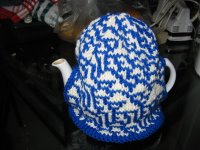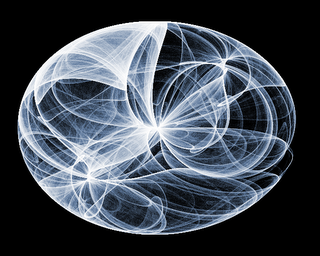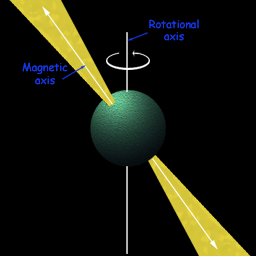
The
voting paradox (also known as
Condorcet's paradox or the
paradox of voting) is a situation noted by the
Marquis de Condorcet in the late
18th century, in which collective preferences can be cyclic (i.e. not
transitive), even if the preferences of individual voters are not. This is
paradoxical, because it means that majority wishes can be in conflict with each other. When this occurs, it is because the conflicting majorities are each made up of different groups of individuals. For example, suppose we have three candidates, A, B and C, and that there are three voters with preferences as follows (candidates being listed in decreasing order of preference):
- Voter 1: A B C
- Voter 2: B C A
- Voter 3: C A B
If C is chosen as the winner, it can be argued that B should win instead, since two voters (1 and 2) prefer B to C and only one voter (3) prefers C to B. However, by the same argument A is preferred to B, and C is preferred to A, by a margin of two to one on each occasion. The requirement of majority rule then provides no clear winner.
 Poinsettias are flowers native to southern Mexico, Central America, and Africa. They are named after Joel Roberts Poinsett, the first United States ambassador to Mexico, who introduced the plant in the U.S. in 1825.
Poinsettias are flowers native to southern Mexico, Central America, and Africa. They are named after Joel Roberts Poinsett, the first United States ambassador to Mexico, who introduced the plant in the U.S. in 1825. 
















































